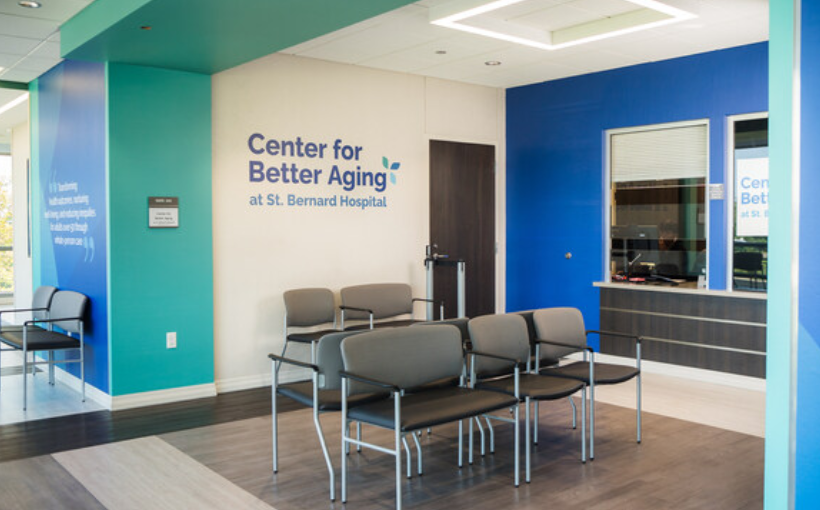Arick Morton: Senior Housing Market Offers Opportunities for Investors and Developers
The senior housing market is often overlooked in the commercial real estate sector, with more attention given to industrial, retail, and multifamily properties. However, according to NIC Map Vision’s Senior Housing Outlook report, there is a significant gap between supply and demand in this market that could reach $275 billion by 2030. This imbalance can be attributed to surging demand driven by demographic and economic trends as well as limited investment activity due to challenges in the lending environment.
NIC MAP Vision CEO Arick Morton explains that while senior housing may appear behind other sectors at first glance, it is actually facing an unprecedented surge in demand coupled with constrained development financing. Despite strong occupancy rates post-recovery and positive absorption within the sector, new construction starts remain low due to high interest rates caused by “dislocated debt markets.”
The numbers speak for themselves – occupancy levels are close to pre-COVID levels while employment has also rebounded significantly. Additionally:
– Absorption increased by 40% year-over-year in Q1 of 2024.
– The growth rate of the population aged 80 years or older exceeds inventory growth.
– The number of individuals aged over 80 years old is expected to increase significantly over the next two decades.
Defining Senior Housing
Morton clarifies that “senior housing” encompasses various types of properties designed for individuals aged 75 or older:
– Active Adult (AA): Communities focused on lifestyle amenities without healthcare services.
– Independent Living (IL): For mostly independent seniors who require some assistance with daily activities but still want access socializing opportunities.
Assisted Living (AL): Designed for seniors who need help with tasks such as bathing,dressing,and medication management .
Memory Care(MC) : Specialized assisted living facilities catering specificallyto those suffering from dementia .
Continuing Care Retirement Communities(CCRC) : These communities offer a range of care options, from independent living to nursing care, allowing residents to age in place.
With the aging population driving demand across all categories, there is a need for additional senior housing options.
Is There Enough Capital?
Morton assures that equity capital is available for investment in this sector. However,the current lending environment poses challenges due to reduced CRE lending and high interest rates. As such,the existing capital may not be enough to meet the growing demand,and Morton suggests that it will need substantial growth. Despite these obstacles,Morton believes that savvy investors who can navigate debt and financing hurdles will find success in this market.
Key Takeaways
Based on the report’s findings,Morton recommends investors and developers consider senior housing as an attractive real estate product with significant potential for growth.However,to take advantage of opportunities within this market,it is essentialto:
– Position oneself strategicallyto capitalize on increasing demand.
– Focus on markets with strong occupancy trendsand expanding profit margins.
– Consider investingin outdated propertiesthat could benefit from upgrades.
– Develop new propertieswith modern amenities tailoredfor today’s seniors .
-Focuson long-term strategies,such as sustainable developmentand continuous facility improvement .
By following these steps,investors and developers can tap into the robust fundamentalsand favorable demographic trendsinthe senior housing market.Mortonsays,”This approachwill enable them totake full advantageofthismarket’spotential.”




